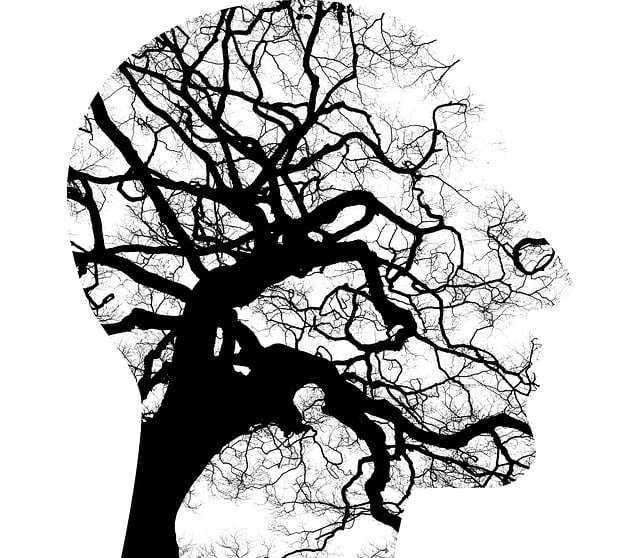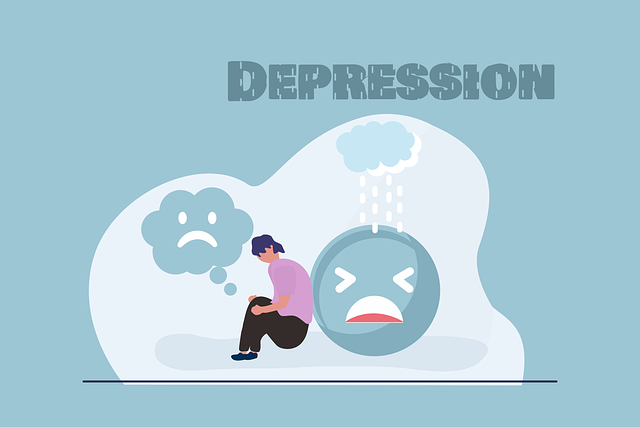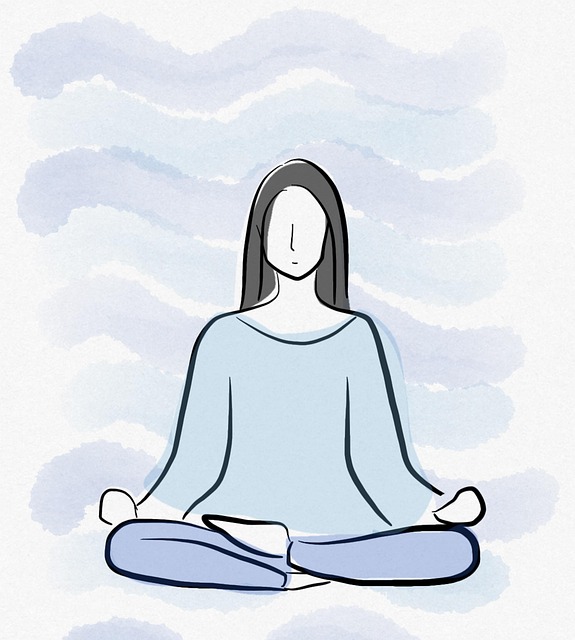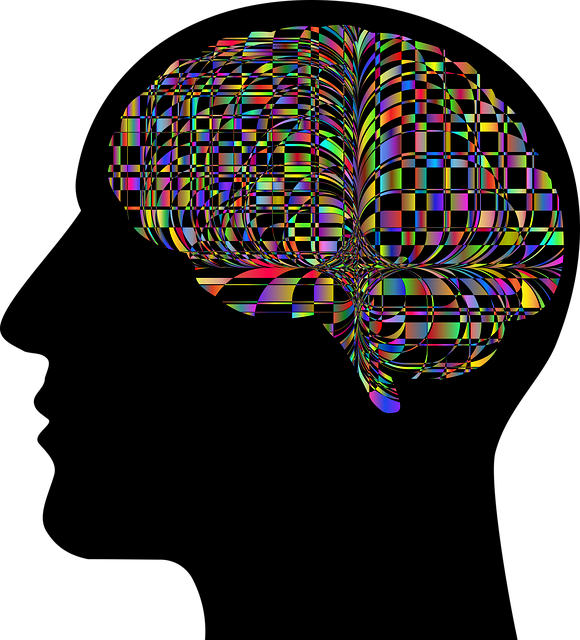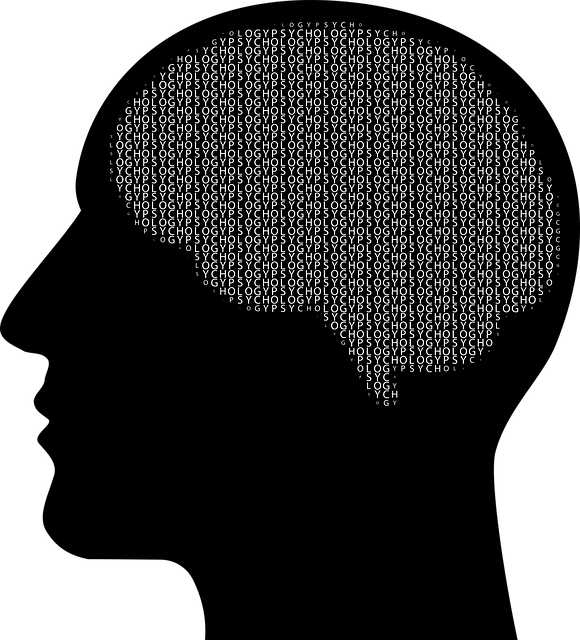Mental wellness involves managing stress, cultivating positive thoughts, and adopting healthy coping mechanisms with self-care as a central component. For conditions like Lakewood Adjustment Disorder (LADT), tailored self-care routines focused on relaxation, resilience, and personal growth are transformative. This includes strategies from resources like the Mental Wellness Podcast Series and Burnout Prevention Strategies for Healthcare Providers. Physical activity, nature solitude, and social interactions are key to developing balanced routines that enhance mental health awareness. Integrating LADT into daily life offers a holistic approach to mood management and increased resilience, benefiting both individuals and healthcare providers facing high-stress environments. Regular reassessments and adaptations ensure dynamic self-care routines tailored to personal needs, supporting well-being through challenging periods.
Developing a robust mental wellness self-care routine is essential for overall well-being. This article guides you through the process, from understanding mental wellness and its connection to self-care to creating personalized routines that cater to unique needs. We explore practical strategies for integrating Lakewood Adjustment Disorder Therapy into daily life, ensuring sustainability and adjustments over time. Embrace a holistic approach to self-care, where mind, body, and spirit thrive harmoniously.
- Understanding Mental Wellness and Self-Care
- Identifying Personal Needs and Preferences for Self-Care Routines
- Integrating Lakewood Adjustment Disorder Therapy into Daily Life
- Sustaining and Adjusting Your Self-Care Routine Over Time
Understanding Mental Wellness and Self-Care

Mental wellness is a crucial aspect of overall health and well-being, encompassing our emotional, psychological, and social state. It involves managing stress, cultivating positive thoughts, and developing healthy coping mechanisms to navigate life’s challenges. Self-care plays a pivotal role in maintaining mental wellness by providing tools and practices that empower individuals to prioritize their mental health. This proactive approach is essential, especially for those dealing with conditions like Lakewood Adjustment Disorder, where therapy can be a game-changer.
Understanding mental wellness involves recognizing the importance of self-care routines tailored to individual needs. It’s not about indulging in luxurious activities but rather creating sustainable practices that promote relaxation, boost resilience, and foster personal growth. Incorporating strategies from a Mental Wellness Podcast Series Production or exploring Burnout Prevention Strategies for Healthcare Providers can offer valuable insights. Additionally, social connections and skill-building through Social Skills Training are integral to maintaining a robust mental wellness routine.
Identifying Personal Needs and Preferences for Self-Care Routines

Creating a meaningful self-care routine begins with introspection and identifying personal needs unique to each individual. It’s about understanding your emotional triggers, what brings you joy, and what helps you unwind. For instance, someone struggling with Lakewood Adjustment Disorder might find solace in structured routines that incorporate mindfulness practices, such as meditation or journaling, to manage stress levels and improve focus. Others may prioritize physical activity for its ability to boost endorphins and promote positive thinking.
Self-care preferences can vary widely; what works for one person may not be appealing to another. Consider incorporating a mix of activities that nourish both mental and emotional well-being. For instance, while some might opt for quiet solitude in nature, others may thrive in social interactions or creative pursuits. By tuning into these personal needs and preferences, individuals can develop routines that serve as powerful tools for managing stress, cultivating resilience, and enhancing overall mental health awareness.
Integrating Lakewood Adjustment Disorder Therapy into Daily Life

Integrating Lakewood Adjustment Disorder Therapy (LADT) into daily life can significantly enhance one’s mental wellness routine. LADT, as a holistic approach, focuses on addressing underlying emotional and cognitive factors that contribute to stress and adjustment issues. By incorporating techniques such as mindfulness, cognitive restructuring, and problem-solving skills, individuals can effectively manage their mood and navigate challenges with greater resilience. This integration involves dedicating time for self-reflection, setting realistic goals, and engaging in activities that promote emotional well-being.
For healthcare providers, who often face high-stress environments, incorporating LADT into their self-care routines can serve as powerful burnout prevention strategies. These techniques help in managing stress levels, improving coping mechanisms, and enhancing overall emotional resilience. Promoting emotional well-being among healthcare professionals is crucial not only for their personal satisfaction but also for the quality of care they provide to patients. Thus, integrating LADT into daily life becomes a vital step in fostering a balanced mental wellness routine, particularly within the context of Burnout Prevention Strategies for Healthcare Providers and Emotional Well-being Promotion Techniques.
Sustaining and Adjusting Your Self-Care Routine Over Time

Maintaining a self-care routine is an ongoing process that requires dedication and adaptability. As you establish your practices, be prepared to make adjustments over time, especially when dealing with challenges like Lakewood Adjustment Disorder. Therapy can play a significant role in this journey; it provides tools to navigate through difficult periods, ensuring your self-care doesn’t fall by the wayside.
Regularly evaluating your routine is essential for personal growth and well-being. Consider factors like life changes, new experiences, and evolving needs. Just as a mental health policy might adapt to societal shifts, your self-care should too. For instance, if you’ve been experiencing burnout, incorporate strategies specifically designed for prevention, allowing for a balanced approach that addresses both the mind and body. Remember, self-care is not static; it’s an ever-evolving practice tailored to support your mental health, with Anxiety Relief techniques being a valuable addition as needed.
Developing a mental wellness self-care routine is a powerful tool for managing stress, anxiety, and even conditions like Lakewood Adjustment Disorder. By understanding your unique needs and preferences, integrating evidence-based practices such as Lakewood Adjustment Disorder Therapy, and consistently refining your approach, you can create a sustainable routine that enhances overall well-being. Remember, self-care is not one-size-fits-all; it’s an ongoing process tailored to your evolving needs.

